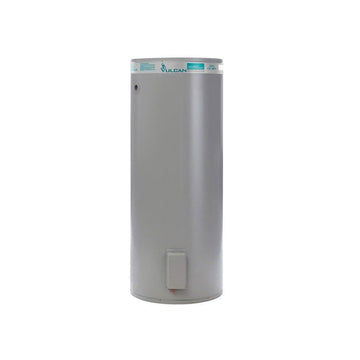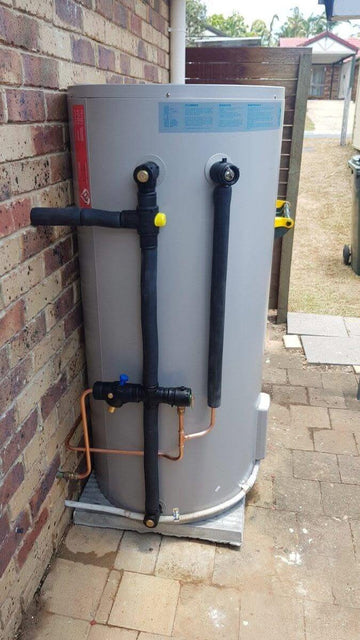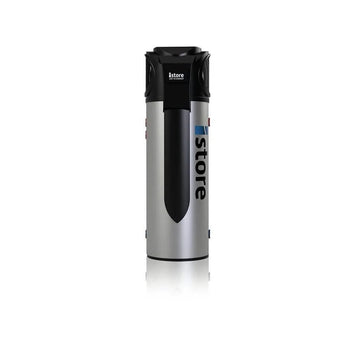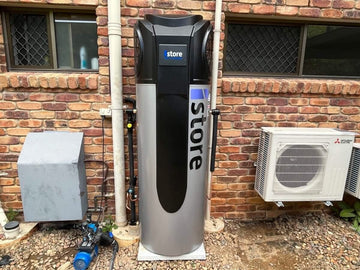Discover the Benefits of Softened Water with JR Gas & Water
Hard water problems? JR Gas & Water specializes in premium water filtration and softened water solutions, ensuring you experience the best in water quality. Unlike big-box retailers that just sell products without expertise, we offer tailored solutions, professional installation, and expert support for long-term performance.
What is Softened Water?
Softened water is free from excess minerals like calcium and magnesium, which cause scaling in pipes, dull laundry, and inefficient appliances. By using a water softener, these minerals are removed through an ion exchange process, making your water gentler on your skin, better for your appliances, and more effective for cleaning.
How Water Softening Works
A water softener uses negatively charged resin beads to attract calcium and magnesium ions, replacing them with sodium or potassium. This prevents mineral buildup, extending the life of your plumbing and appliances while improving water flow and efficiency.
Why Choose JR Gas & Water for Softened Water?
🚫 Unlike mass-market retailers, we don’t just sell you a system and leave you to figure it out.
✅ Expert Consultation – We assess your water hardness and recommend the best solution for your home.
✅ Professional Installation – Installed by licensed plumbers who understand water filtration and plumbing systems.
✅ Ongoing Support & Maintenance – Need troubleshooting? We provide full aftercare services, unlike retail chains.
Benefits of Softened Water
💧 Protects Your Plumbing – No more scale buildup that clogs pipes and shortens appliance life.
🧼 Better Cleaning Efficiency – Use less soap and detergent, as softened water lathers better.
🛁 Gentler on Skin & Hair – Hard water dries out your skin and hair; softened water keeps them soft and smooth.
🚰 Improves Water Taste – Reduces metallic or chlorine-like taste in your tap water.
⚡ Energy Efficiency – Appliances like water heaters work more efficiently, lowering your energy bills.
Is Softened Water Safe?
While softened water contains slightly higher sodium levels, it is generally safe for consumption. However, for those on low-sodium diets, JR Gas & Water offers alternative solutions like reverse osmosis systems to further purify your water.
Why You Should Avoid Buying from Non-Specialized Retailers
🚨 Lack of Expertise – Retail chains simply sell products; they don’t understand water chemistry or how softening affects your home.
🚨 No Customization – Every household’s water needs are different. A one-size-fits-all solution doesn’t work.
🚨 Poor After-Sales Support – Once you buy, you’re on your own. With JR Gas & Water, you have professional support whenever you need it.
Get the Right Softened Water System for Your Home
JR Gas & Water offers top-tier water softeners and filtration systems tailored to your specific needs. Whether you live in a high-hardness area or just want softer water for better living, we’ve got you covered.
📞 Contact us today for a free consultation!











